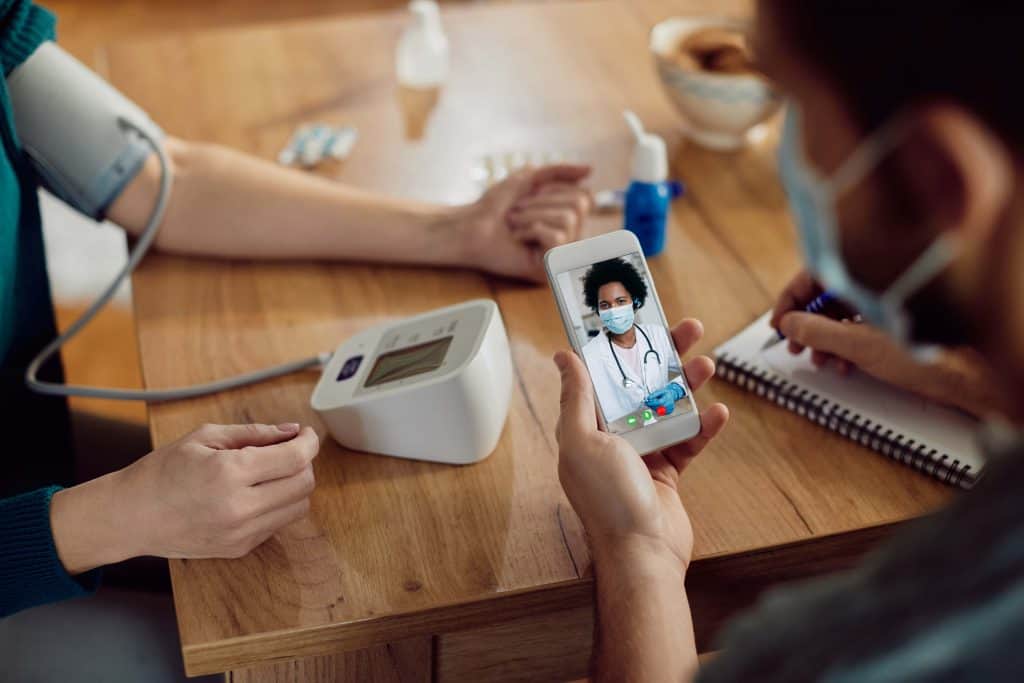What is RFID technology in healthcare

- Cenango
- January 16, 2023
- 12:58 am
What is RFID?
RFID technology works on tags, which is the most important component of this system. A tag is embedded to an object and radio waves are able to track that tag and capture the data in it. RFID is primarily used in the healthcare sector along with many other industries. Some of these industries include agriculture, livestock, manufacturing, retail, pet care, and automotive.
RFID is quite similar to how barcode technology works, with a few differences. One of the most significant differences is that RFID technology works faster than barcode technology. RFID uses radio signals to track product information while the other method requires a product to be scanned via a barcode scanner.
RFID architecture
RFID systems architecture in healthcare typically consists of the following components:
- RFID tags
RFID tags can be active or passive. Active RFID tags have their own batteries and can work in a large range. Passive RFIDS don’t have an internal power source and work in short ranges. An RFID tag is embedded to a hospital asset, such as a wristband or badge, for tracking patients and staff.
- RFID readers
RFID readers are typically installed in hospital corridors, and wards. These readers are able to identify the location of RFID tags and send the information collected from these tags, to the cloud gateway.
- Firewall
The firewall ensures secure transmission of data to the cloud server.
- Streaming data processor
The streaming data processor transfers information about patients, medical staff, and hospital assets, to a data lake.
- Data lake
A data lake stores all the information about tracked staff, patients, and hospital assets sent by the RFID tags.
- Big data warehouse
The big data warehouse is where preprocessed and filtered information is stored for further analysis to enhance staff workflow efficiency. It can also help analyze the utilization of hospital assets and movements of patients.
- RFID tracking software business logic
This involves processing hospital asset requests and critical events such as a patient leaving the hospital without following proper discharge procedures. It provides important details on the location and movements of patients, staff members, and hospital visitors.
- Staff application
The staff application allows hospital staff and device technicians to view where hospital assets are and request them for use. It also enables them to get details on the whereabouts of patients and alerts on suspicious behavior. The application allows supervisors to view the locations of hospital staff and get insights on workflow optimization.
- Admin application
The admin application allows users to view the list of tracked patients, hospital visitors, medical staff, monitored assets, and new assets. It also allows the editing of vital data on tracked assets and people.




